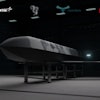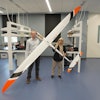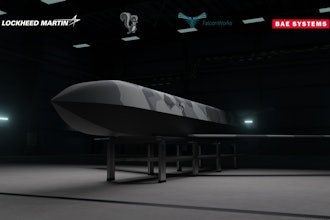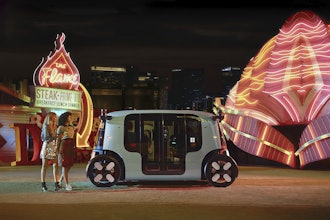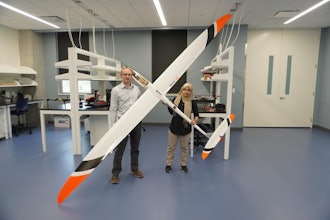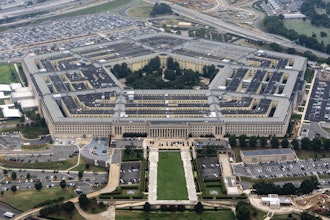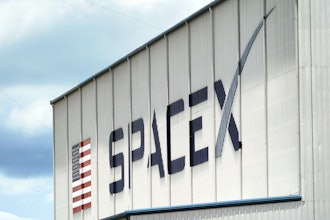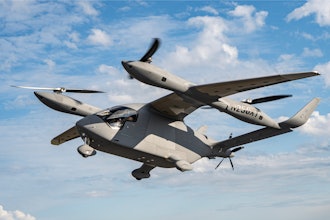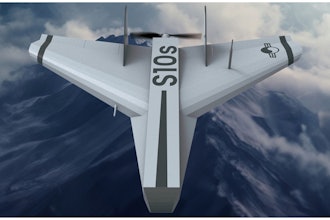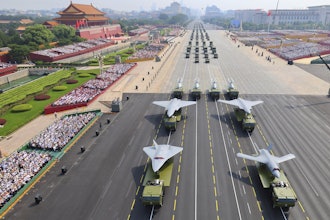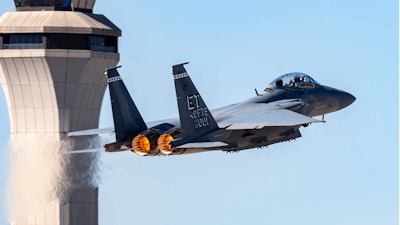
On July 27, 1972, the Boeing F-15 flew for the first time with Chief Test Pilot Irv Burrows at the controls. Fifty years later, the undefeated F-15 continues to evolve and add advanced capability to the U.S. Air Force fighter fleet.
Boeing’s F-15 program was initiated at the request of the U.S. Air Force, which needed a fighter jet designed to maintain the country’s air superiority. Through its variants, the F-15 has also served that mission internationally with numerous global customers including Japan, Israel, Saudi Arabia, Singapore, South Korea and Qatar.
The newest F-15, the F-15EX Eagle II, delivers a state-of-the-art electronic warfare system, along with contemporary sensors and avionics. The airframe, known for its unrivaled payload capacity, is capable of carrying next-generation hypersonic weapons.
The F-15’s manufacturing process has also evolved over the years to include digital design and automation and tooling, including revolutionary full-size determinant assembly advanced manufacturing processes.
More than 1,500 F-15s are in service worldwide. The U.S. Air Force took delivery of its first F-15EX in March 2021.

